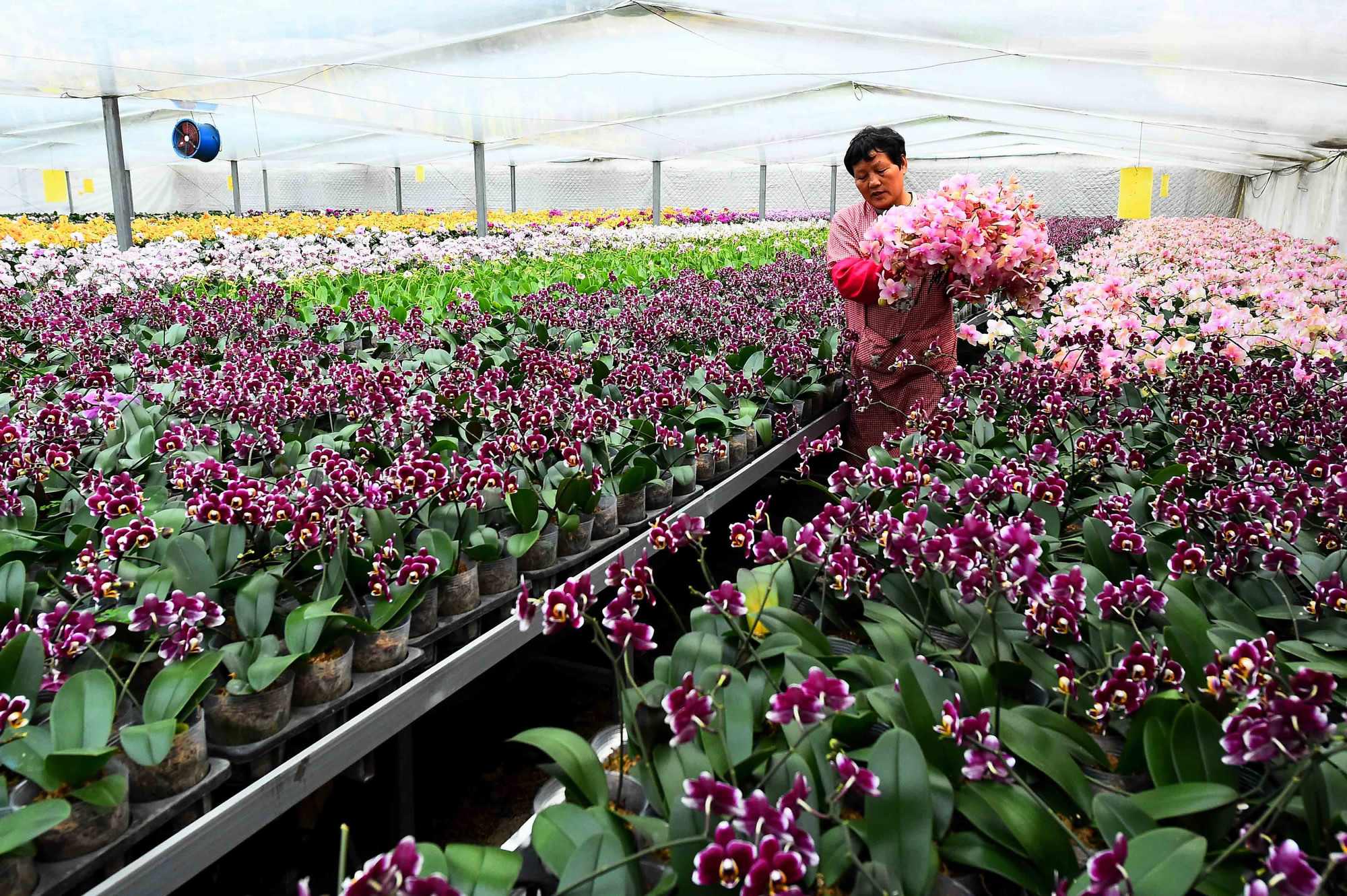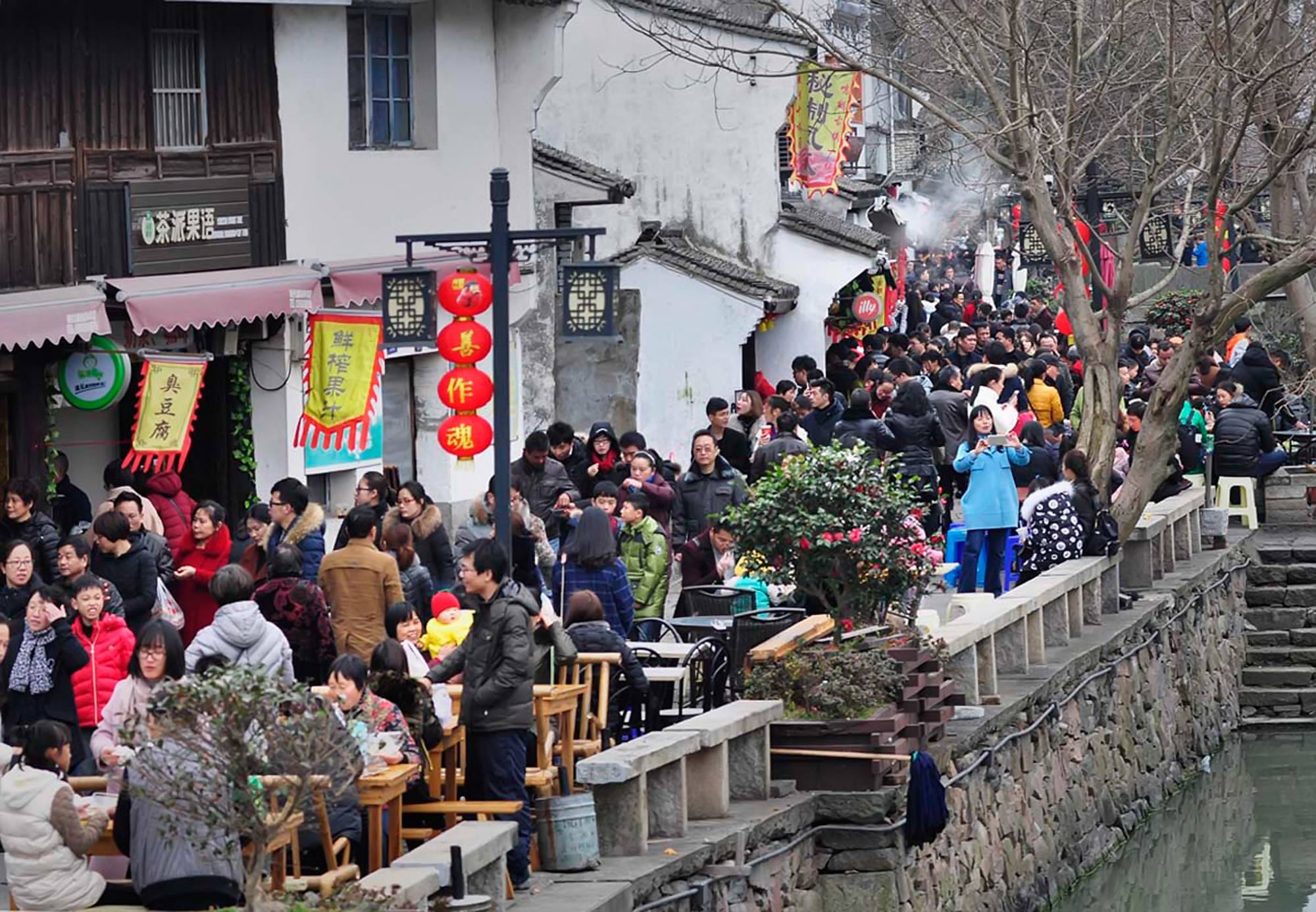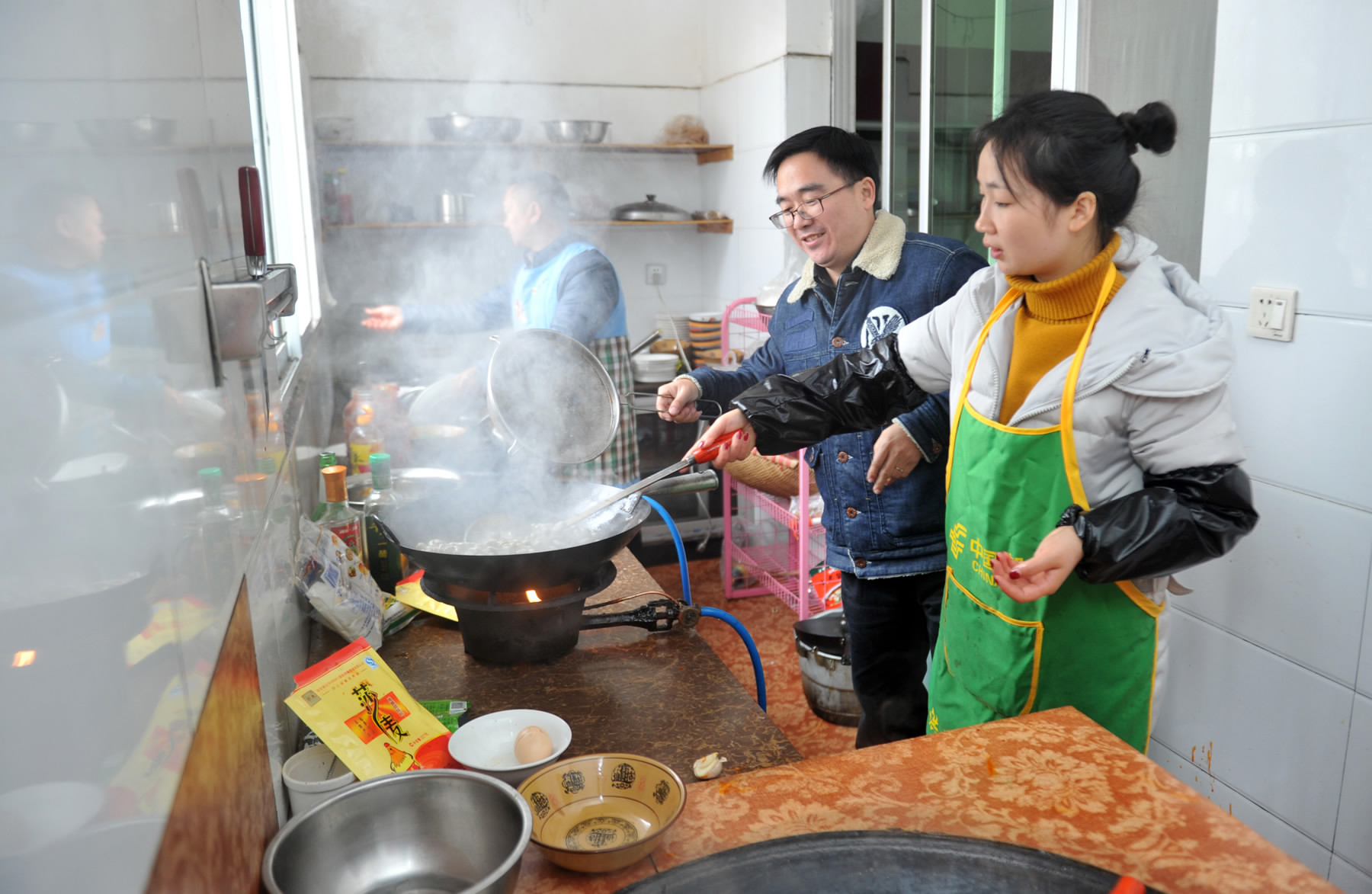Guest commentary by Liu Heguang
China has published important new reforms that should substantially change how the country’s agriculture and rural areas develop.
Xinhua News Agency published the government’s first policy document of the year, commonly called the ‘No. 1 Central Document’ and seen as extremely significant, on 5 February 2017. The document focused on agricultural and rural issues once again – this is the 14th year in a row that the No. 1 Central Document has focused on agriculture. This year its purpose is to promote the supply-side structural reform, and encourage agricultural and rural development.

A female flower grower harvests blossoms in Weifang city, east China's Shandong Province on February 8, 2017. /CFP Photo
Three Problems
China’s agricultural problems can't be simply solved by improving the current system without changing it. There are three main issues that any reforms targeting China’s rural development must address:
1. Agricultural production is not environmentally green, and is touching the limits that the environment and resources can manage.
2. The agriculture sector is lacking competitiveness in comparison to foreign agriculture
3. China’s agriculture Iacks the power to promote its products and therefore increase farmers' incomes.
Ultimately, the problems are mainly due to “supply-side” issues, meaning there are problems with deciding how much of a good should be produced.

The crowds in rural home inns in Cixi city, in east China's Zhejiang Province on February 2, 2017. /CFP Photo
Three Solutions
Supply-side structural reform involves major restructuring of how farmers raise their livestock and grown their crops:
1. Farmers need to improve the mix of what they produce in increase the effectiveness of their supply.
2. The way tools and mechanisms farmers use to produce their food needs to be improved, especially when it comes to green production.
3. The industrial system needs to be modified, with a focus on new industries in rural areas.
On top of these structural reforms there is a need to boost the market for agricultural produce and the relationship between the government and market needs to be improved.

Local farmers cook food for customers in a rural home inn in Meishan city, southwest China's Sichuan Province on February 4, 2017. /CFP Photo
No. 1 Central Document Conclusions
No. 1 Central Document increases support for solving these three rural issues, to integrate financial resources and leverage social capital to cultivate new industries and formats in rural areas. Moreover, No. 1 Central Document emphasizes the fact that technological innovation is the driving power to develop modern agriculture.
There are two new highlights in the No. 1 Central Document. One is to revitalize the collective cultivation of land, from the ways it is shared to how to accelerate agricultural and industrial. The other highlight examines ways to improve the agricultural experience in various different ways.
(Liu Heguang, Senior Research Fellow, the Institute of Agricultural Economics and Development (IAED), CAAS. The article reflects the author's opinion, not necessarily the view of CGTN.)









